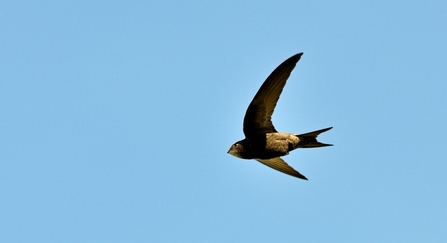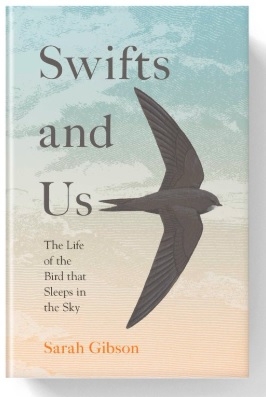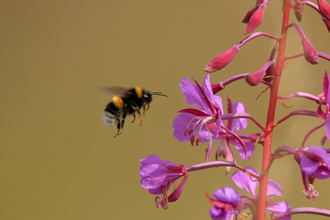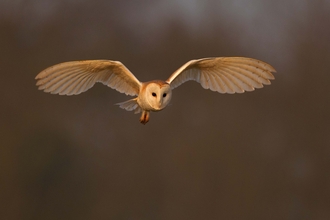Swifts are not the quietest birds. Nor are they given to skulking in the undergrowth. They live their entire lives in the open air, scything past on crescent wings, often making piercing screeches. Yet, like many people, I never used to notice them.
There had been swallows nesting in a barn near my old home in the Welsh borders. I’d see them swooping over the stable door, beaks stuffed with insects for their chicks. Later, I’d watch the fledglings practise flying in the safety of the barn. When I moved to a nearby market town, I missed that closeness… until I found swifts.
There was a pair nesting in the eaves of the house next door. They would storm down the narrow gap between the buildings with a rush of wings, and perform a handbrake turn to enter their nest hole. Blink and you’d miss them. Sitting in the garden on fine, still evenings, I watched them gliding through the air, snapping up insects, until the light drained from the sky and the first bats emerged.






